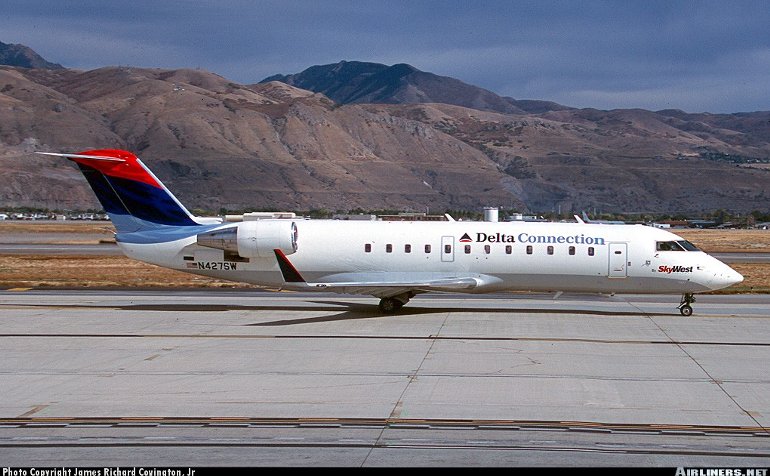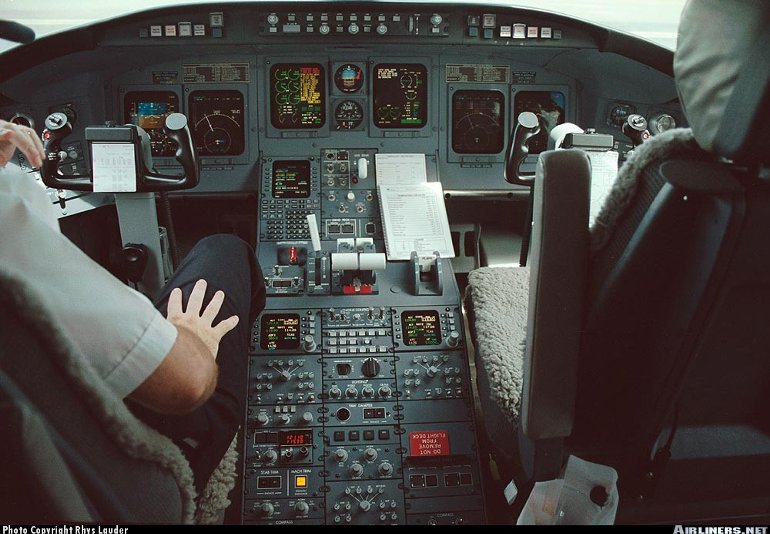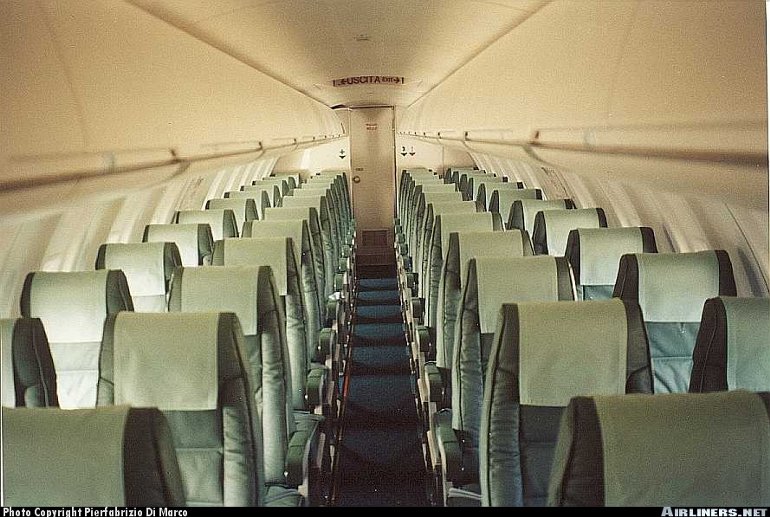Aircraft Technical Data
Canadair CL-600 Regional Jet CRJ-100 & 200



| Details | |
| Country of Origin | Canada |
| Type | Regional jet airliner |
| History | Bombardier's Canadair Regional Jet pioneered the new 50 seat jet class, and has since become a runaway sales success. The Canadair Regional Jet - or CRJ - is designed to offer the high speed advantages of much larger jets, with similar standards of service while at the same time offering operating economics, particularly over longer stage lengths, close to that of comparable size turboprops. The concept of a stretched airliner derivative of the Challenger is not new, Canadair (now part of Bombardier Aerospace) originally studied a 24 seat stretched development of the CL-600 up to 1981. Design studies for a stretched airliner based on the 601 however were first undertaken in 1987, leading Canadair to launch the Regional Jet program on March 31 1989. The first of three development aircraft took to the skies for the first time on May 10 1991. Transport Canada certification was awarded on July 31 1992, allowing the first customer delivery to Lufthansa that October. Major changes over the Challenger apart from the stretched fuselage include a new advanced wing optimised for airline operations, higher design weights, EFIS flightdeck with Collins Pro-Line 4 avionics suite, new undercarriage, additional fuel capacity and slightly more powerful CF-34 engines. The original CRJ-100 series - the 100, 100ER and 100LR - was augmented by the 200 series (with more efficient engines) in 1995. The Series 200 is available in standard 200, long range 200LR with optional greater fuel capacity, and the extended range Series 200LR (all three are offered in B form with CF34-3B1s for improved hot and high performance). Corporate shuttle configurations are also available as the Corporate Jetliner and the SE (Special Edition). The stretched, 70 seat CRJ-700 is described separately. |
| Powerplants | 100 - Two 41.0kN (9220lb) General Electric CF-34-3A1 turbofans. 200 - Two 41.0kN (9220lb) CF-34-3B1s. |
| Performance | 100 - High speed cruise 851km/h (459kt), typical cruising speed 786km/h (424kt). Range with max payload at long range cruising speed with reserves 1815km (980nm). 200LR - Speeds same. Range with max payload at long range cruising speed and reserves over 3713km (2005nm). |
| Weights | 100 - Empty 13,236kg (29,180lb), operating empty 13,653kg (30,100lb), max takeoff 21,523kg (47,450lb). 200LR - Empty 13,740kg (30,292lb), operating empty 13,740kg (30,292lb), max takeoff 24,040kg (53,000lb). |
| Dimensions | Wing span 21.21m (69ft 7in), length 26.77m (87ft 10in), height 6.22m (20ft 5in). Wing area 54.5m2 (587.1sq ft). |
| Capacity | Flightcrew of two. Typical one class seating for 50 at four abreast and 79cm (31in) pitch. Max seating for 52. Corporate Jetliner corporate shuttle configurations seat from 18 to 30. |
| Production | Total CRJ Series 100/200 orders at late 1998 over 430, of which more than 260 had been delivered. Bombardier plans to increase the CRJ production rate from six per month in late 1998 to 7.5 per month by the northern fall of 1999. |
| Related Links | Canadair CL-600 Regional Jet CRJ-100 & 200 |
The backbone of this section is from the The International Directory of Civil Aircraft by Gerard Frawley and used with permission. To get your own copy of the book click here. |
|








